Human parasites are called all organisms that live at their expenses. These are bacteria, fungus, worms. Human parasites are divided into internal and external. The most unpleasant and causing the largest number of destruction is helminths - a variety of parasite worms.
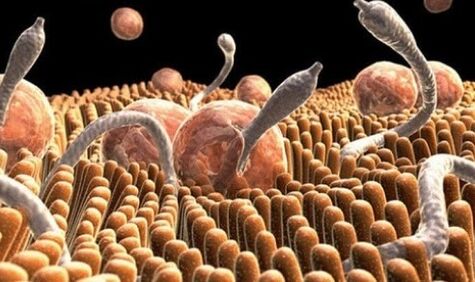
Parasites and human body
The creatures of parasites in the human body can be external or internal. External includes:
- Mosquitoes.
- Leech.
- Lice.
- Microorganisms that cause sores.
But there are more creatures that prefer to stay in the body. These include:
- Bacteria.
- Right.
- Helminths.
- Fungus.
External and internal organizations of parasites belong to the simplest. Because they do not have to grow for survival, their organization is very simplified.
There are many beings who prefer to settle in the body. For example, it can be bacteria.
They cannot survive without the host body, cannot get their own food. But they all breed, almost without exception, very fast, especially in the right condition for it. Where they are not driven from immediately.
Different region. Some are available anywhere, no climate for them is a hindrance. Other people live exclusively in tropical countries, but in the human body they can easily be carried anywhere else. In the body, they also live in different places.
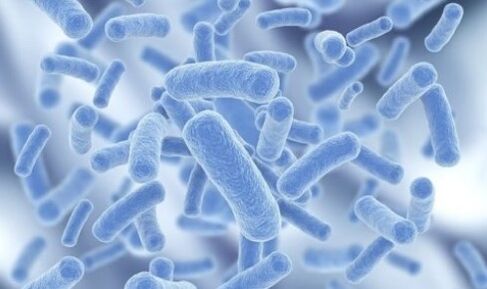
The parasite development cycle, especially helminths is also varied. Some initially evolved into the soil (biohelminths), and then moved to living beings. Other people must first grow in the body of another living beings, but not someone. Third, in adulthood, you can move to another or bind yourself.
It is wrong to assume that the infection can occur exclusively by dirty hands. Eggs Some helminths are viable outside the nutrient medium for six months and cling to animal fur perfectly. Eggs survive in a dangerous environment for them - it is worth cooking meat or fish, as the whole worm can be paid in you.
It is worth it to cook meat incorrectly, how the whole worm can be paid in you.
A person's endoparasit
Parasites are divided into endoparasites and ectoparasites. Endoparasites - the inside, ecto - outside. Endoparasites can solve almost all internal organs and body tissues. They are divided depending on localization. Endoparasit is:
- Connect to the external environment of the internal organs.
They settle directly in the organ -connected organs, not the vice versa: the parasite body is not selected for "breathing". The organs include intestines, light, human urine system. These are amoebas, worms and burning parasites.
- Parasites.
Prescribed in human blood. They can live in plasma, white blood cells, red blood cells. These are tripanosomes, microfillaria or haemosporidia.
- Endoparasit fabric.
They are endoparasites that choose body tissues with their home. Muscle tissue, brain, cartilage, connectivity. Even in nerve fibers, tissue endoparasites can be resolved. These are strip worm fins, tripanosoms, myxosporidia, trichina and others.

Endoparasites can choose the brain with their home.
The determination of various parasites in the localization area is very conditional. Many species can migrate to various internal organs, regularly traveling the owner's body. The process of spreading can occur in one place, and the organism will directly and feed the other. The place where the parasite is allowed and will be considered a conditional location.
Despite the moderation of many parasitic systems, their life cycle is quite complicated.
Some types of their lives for survival need to change some owners who may be related to different biological species. Other people can survive only one biological species inside, but they may need a mid -host. In one person, they multiply, and the other grows and grows. With a complex life cycle, their sexual function increases significantly. It is necessary to multiply to survive the body parasites quickly and abundantly.
Helminths
There are three main types of helminths, also known as worms. These:
- Nematoda, they are round worms.
- Cestodes, endoparasite shape of tape.
- Trematodes, also known as plates.
Furthermore, they can be divided by the life cycle and the number of locations they go through this road. There are also three types:
Geo-Shelminths.
"Ge" is the earth. These -cacing worms begin their existence in worldly land, only after their level of maturation can infect someone. They do not need a mid -host, eggs fall into the ground together -with human stools. To the larvae level, they grow exclusively in the summer.
Such worms include ascarides, intestinal uggritsy, non -Korean, and blazo -heads.
This parasite larvae can enter the human body through non -washable vegetables or direct contact with the soil.
Biohelminths.
This is a parasitic worm, a life stage that goes through some owners. The middle host can be two or more depending on various worms. Some parasites change someone's exclusively. Others, before finally entering the human body, used by other biological creatures for development.
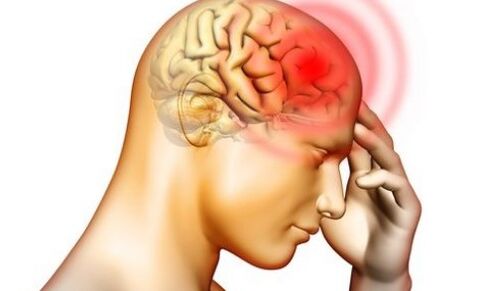
You can infect pets or come in contact with others, also when eating half meat. Biohelminths include cow tape worms, echinococcus, wide tape, trichina and others.
Contagioine helminths.
These -cacing worms do not require the landowner or the middle. They pass through all stages of their life cycle in one organism, very comfortable. The larvae stands directly from the human body, when contacting the surface of the house and others, spreads freely.
Helminants can live in different organs and systems from the human body, periodically moving from one body to another.
The list of diseases caused by helminths is very broad. Determine which parasites live in the body and what treatment can start only after all the analysis needed to establish the approved type.
Round worms
The most widespread in the human environment is round worms, also known as nematodes. In total, there are more than 24 thousand types of nematodes in the world.
They are round because of the shape, which is detected if you make a horizontal cut. The most common human nematodes:
- Soldierids.
- Speakers.
- Trichina.
- Blacovyv.
Helminthic invasion, known as ascariasis, begins with direct contact with infected soil larvae or when using non -washable fruits and vegetables. Parasites begin to develop in the intestines, so they enter a person's blood circulatory system, from which they go to different internal organs, to the oral cavity. Someone, not noticing this, repeatedly swallowing adult parasites. They eat the rest of the food that is not digested. Ascaris waste is very toxic. No vaccines from ascariasis, infections can be prevented exclusively by observing personal hygiene rules.
Pinworms infection is called enterobiasis. This is a small worm (5-10 mm) attached to the intestinal wall. They eat blood and intestinal content. They put their eggs under the skin, out of the opening of the anus outside while the owner was sleeping. Due to itching, someone combs the anus, the larvae falls under the skin and hands, can be easily transferred to others at home or in public. Enterobiosis has no painful symptoms, detecting pin worm infections in the early stages.
Trichinella, they are Trichina, these are round worms that choose animals or people with their owners.
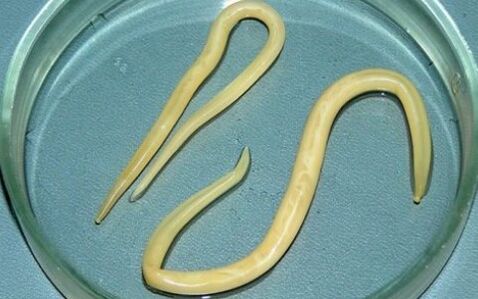
Trichinella is a parasitic worm that affects the human body, causing harminellosis harmful vermis.
They begin to develop in the cross muscle area in the body, then move to the small intestine. In the case of sophisticated infections per pound of muscle tissue, about 15 thousand trichinella eggs can be placed. This parasite can cause fatal illness, named after its source - trichinellosis.
Blazovians round worms are called so because of their appearance. The front of their body is filament, it contains an esophagus.
The back is wider, the remaining parasite's internal organs are located. The length of the blazol can reach 50 mm. It consumes blood, as well as tissue fluid. Causes trichocephalosis disease.
Worms ribbon
In the world there are about 3, 500 species of famous strip worms, which are also called cestodes. There is no digestive system in this flat worm at all, and the disease is called cestodosis.
The most common cestodossis:
Cystystyrkosis.
The larvae of pork worms are excited, entering contaminated foods, from dirty hands.
The disease affects the skin, bones, internal organs, brain and spinal brain. Often, parasites are sent to the brain (in 60% of cases of infection). It is diagnosed based on the appearance of round formations on the skin. The disease is treated, in the event of a central nervous system infection, the prediction can be bad.
Echinococcosis.
Reservations in the liver, lungs, many other internal organs. Echinococcus larvae delight the disease. They can grow in someone for several years.
Infections occur in contact with animals, collecting fruits and fruits, polluted water. The disease is not very significant, it can develop for years, and it is only revealed by accident.
Alveococoscosis.
Alveococosis is caused by an alveocococcus worm. The disease is similar to echinococcosis, but continues to worsen. It affects the lungs and kidneys. Without the treatment of the disease, there is a great probability of fatal outcomes associated with the development of liver failure.
Toniarynchosis.
Tusiarinchosis is caused by a cow chain. Parasitizes worms in the small intestine, growing for 2. 5-4 months. Forecasts more often encourage treatment. Parasites can enter someone with raw infected or untreated thermal.
The ribbon worm is very lush. They have the most reduced from sensitivity and have no digestive system at all. Such parasites cannot grow without the owner.
Sauce workers
Supreme is tremontodes. This is a flat worm, in the form of your body that resembles a tree oval leaf.
Some types of trematodes can reach one and a half meters.
And they find themselves in the human body, they are most often through fish or other seafood. About 7200 types of trematodes are known, 40 of them settle in people and cause trematodos, a serious disease caused by infection.
The most common salar:
BiMAH hepatic.
In general, it can exist in animals and humans. The biological life cycle is complex, parasites change the owner.
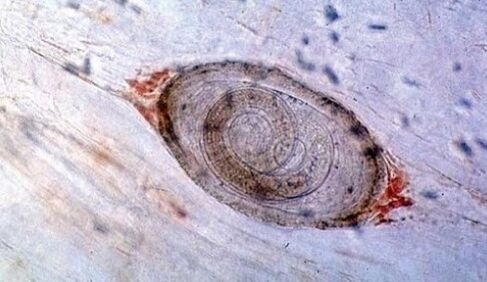
Schistosoma.
Schistosome larvae can penetrate the skin or mucous membranes. The life cycle is complicated, feeding the blood. A woman can produce about 3, 000 eggs daily, this parasite worm fertility is very high.
Another heartbeat.
Opisthorchiasis, helminth disease, spread mostly in the liver area. The human body has toxic effects.
The digestive system of the worm worm is well developed, and with it-excess and excretion. The rest of the system grows badly. Tremontodes eat blood, epithelial skin cells, intestinal content. They can stay almost everywhere: from heart to eyes.
Other types of endoparasites
The remaining internal parasites are a variety of bacteria that cause dangerous diseases, and with them the simplest microorganisms. The fungus that spreads in the human body also refers to the endoparasite.
Many useful and harmful microorganisms live in the human body. Some of them cause relatively dangerous diseases that can cause death. It is not necessarily possible to immediately recognize the presence of parasites in you, but the early diagnosis of the infection provides more opportunities for healing. If the intrusion is suspected, it is recommended to undergo a complete examination by the doctor.
























